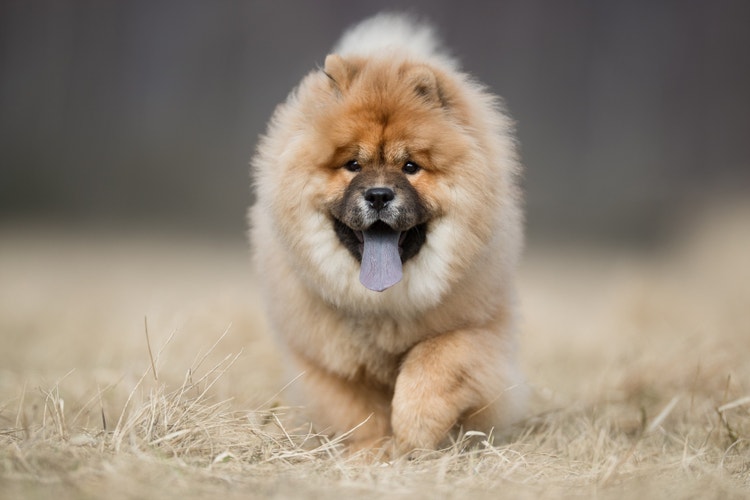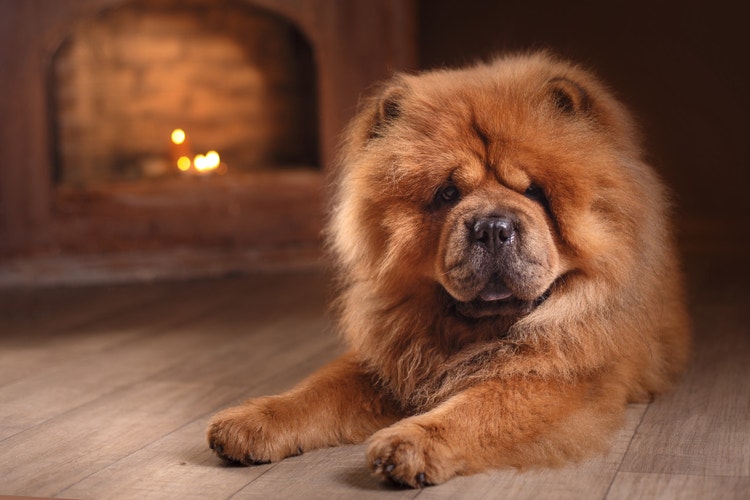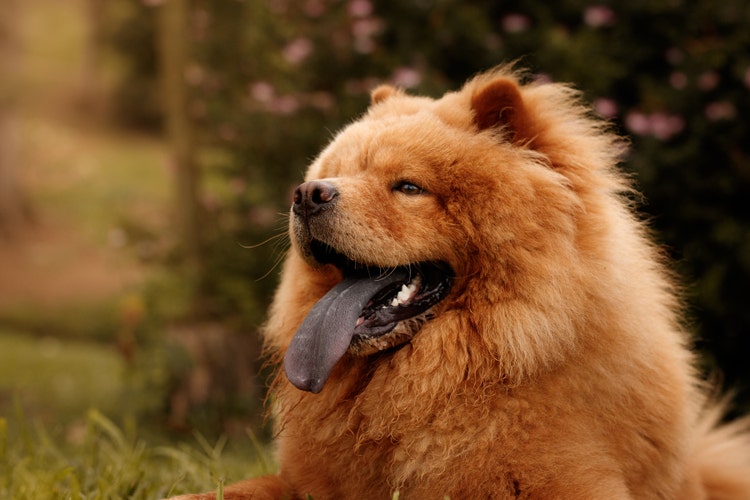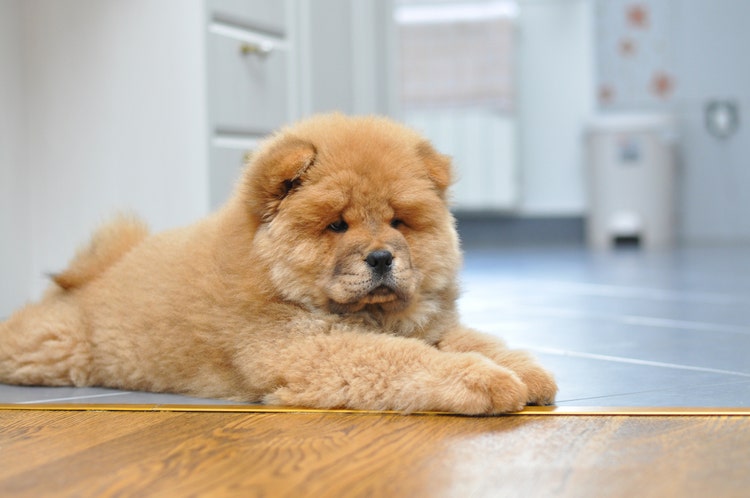
Chow Chow


How Long Have Chow Chows Been Around?
The Chow Chow is one of the oldest known dog breeds in the world. They originated from northern China about 2,000 years ago. There is also documentation of the Chow Chow originating in Ancient Asia over 3,000 years ago and migrating to China. The Chow Chow is believed to have been bred from a Tibetan Mastiff and Samoyed. The breed is known as the Songshi Quan in their native China, which roughly translates to ”puffy-lion dog.”
They were brought to Britain in 1780 and became extremely popular when Queen Elizabeth obtained a Chow puppy in 1915. In modern times, the Chow is an all-purpose dog breed that is used for hunting, herding, and home protection. The Chow was brought to the United States in 1890, and recognized and accepted by the American Kennel Club (AKC) in 1903.
Caring for a Chow Chow
Chow Chow Nutrition
Chow Chow Nutrition
The Chow requires a high-quality diet to stay healthy. They are prone to a number of orthopedic diseases, so it is important to watch their calorie intake to ensure that they don’t overeat.
How Often Should I Brush My Chow Chow?
How Often Should I Brush My Chow Chow?
The Chow has a super-thick, double-hair coat that requires lots of brushing and grooming. The hair coat is not just important for its unique appearance, but for the health of the animal as well. The removal of the under coat is necessary to prevent heat stroke during warmer weather. They do not require trimming, but a monthly bathing and daily brushing regimen to prevent matting and tangling. This breed sheds a large amount of their fur seasonally, and will require additional brushing during this time.
What Diseases Are Chow Chows Prone To?
What Diseases Are Chow Chows Prone To?
The Chow is predisposed to a number of diseases. They are prone to ocular problems, particularly a congenital disease that affects the eyelids and will require surgery. They also have a deep, barrel chest, which makes them susceptible to stomach bloat (gastric dilation volvulus). This is a life-threatening condition that requires emergency surgery. There are some veterinarians who recommend having a gastropexy of the stomach when the pet is spayed or neutered. This is a procedure where the stomach is sutured to the body wall to prevent gastric dilatation volvulus from occurring. Orthopedic problems are also common, so make sure that your breeder has OFA (Orthopedic Foundation for Animals) certification of the dog’s hips and pelvis. If you are considering owning a Chow Chow, you should consider getting pet insurance, since emergency and specialty veterinary care are expensive.
Chow Chows are predisposed to: gastric dilation volvulus, diabetes, glaucoma, entropion, ectropion, hip dysplasia, ruptured cranial cruciate ligament, elbow dysplasia, hyperthyroidism, renal dysplasia, and melanoma.
Can You Train a Chow Chow?
Can You Train a Chow Chow?
The Chow is known for aggressive and standoffish behavior toward strangers, and they are mostly a one-person dog. With proper training and socialization, you can coach them to be more trusting with unknown people, pets, and children. This breed will require daily grooming and it is best to get them used to this at 8 weeks of age and handled by a groomer.
How Much Exercise Does a Chow Chow Need?
How Much Exercise Does a Chow Chow Need?
The Chow requires daily exercise to keep them happy and healthy in moderate amounts. A short 20-minute walk twice a day will be enough exercise for them. You should use caution in the warmer months, since they have very heavy and dense coats, which could lead to heat stroke. Make sure they have access to water and shade at all times in the summer.

Are You Ready to Adopt a Chow Chow?
To adopt a Chow Chow, start by making sure a dog of this size and demeanor will fit your lifestyle. Use our pet adoption checklist to walk through each step in the adoption process. Complete the necessary adoption applications and be prepared for interviews or home visits. Spend time with potential dogs to find a good match. Finally, prepare your home for the new pet, ensuring it's safe and welcoming.

Pet Insurance Options for Chow Chows
Pet insurance for a Chow Chow may help cover costs for conditions like hip dysplasia and bloat. Consider a policy that includes hereditary and congenital conditions, flexible coverage options, and reasonable premiums.
Use our insurance aggregator tool to compare providers and find the best plan for your dog's unique needs.
What Are the Physical Traits of a Chow Chow?
Chow Chow Facts
Other Breeds to Explore
References
- Morris, Desmond. Dog: The Ultimate Dictionary of Over 1,000 Dog Breeds. Trafalgar Square, 2002.
- American Kennel Club. The Complete Dog Book. Random House Digital, Inc., 2006.
- Wilcox, Bonnie and Chris Walkowicz. The Atlas of Dog Breeds of the World. T.F.H Publications, Inc., 1995.


